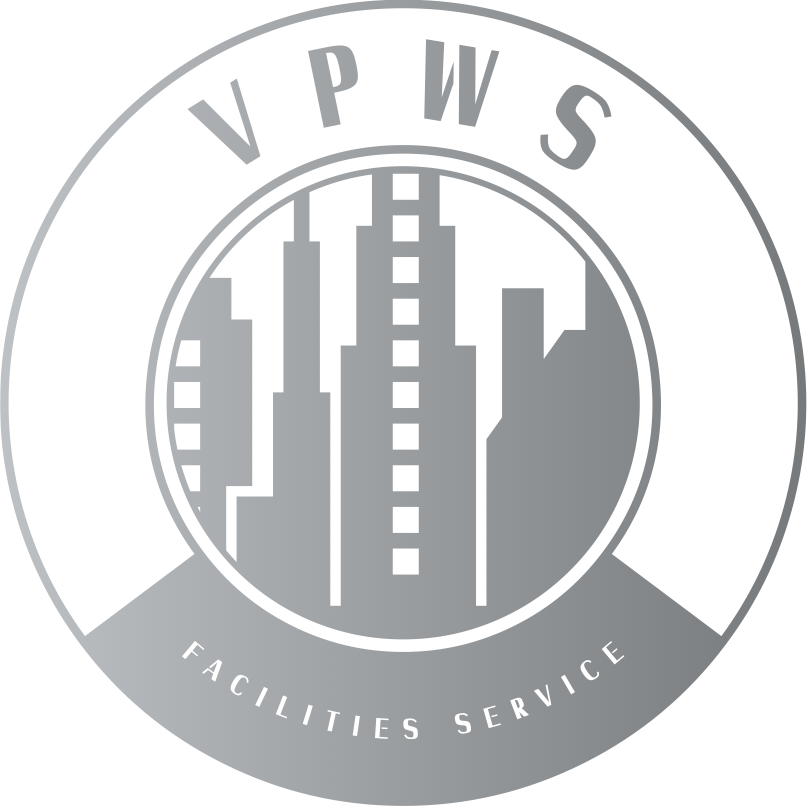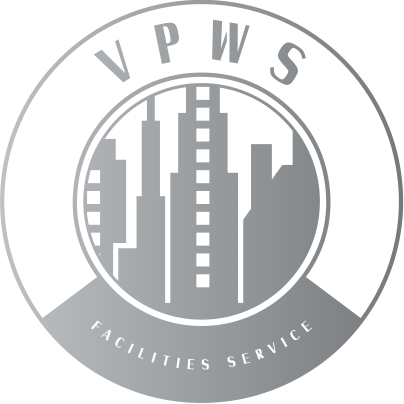Effective Ways to Sanitize High-Touch Surfaces
Understanding effective sanitization methods is a powerful tool in preventing the spread of illnesses. High-touch surfaces frequently touched by multiple people are prime areas for germs and bacteria, making their regular sanitization essential. Knowledge about these methods can help you take control of the situation and protect your business or home environment. Neglecting proper cleaning routines can lead to potential health risks and operational disruptions. Sanitizing high-touch surfaces not only protects health but also enhances overall safety and productivity.
Identifying High-Touch Surfaces
High-touch surfaces are areas frequently touched by multiple people. These include doorknobs, light switches, countertops, and electronic devices. In businesses, surfaces like elevator buttons and reception counters are high-touch zones. Due to constant contact, these areas can harbor harmful bacteria and viruses. Awareness of these surfaces in daily environments helps prioritize cleaning efforts.
Choosing the Right Sanitizing Products
Choosing the right sanitizing products is not just a matter of preference; it's a crucial step in effective cleaning. Chemical disinfectants, natural solutions, and DIY options are available. Each type has specific benefits and uses, depending on the surface material. Reading labels and understanding the ingredients of sanitizing products is a must. Non-toxic and environmentally friendly options should be considered for safe and sustainable cleaning, reflecting your responsibility towards the environment and the health of your surroundings.
Chemical disinfectants are potent but may contain harsh substances. Natural solutions like vinegar and baking soda offer a milder alternative. DIY solutions can be tailored to specific needs but must be used correctly. Businesses prefer commercial-grade disinfectants for thorough cleaning, while homeowners may opt for natural or DIY methods for a safer home environment.
Proper Techniques for Sanitizing
Effective sanitization requires proper techniques to guarantee thorough cleaning. High-touch surfaces, frequently exposed to contaminants, need specific methods to sanitize effectively. Here are some essential strategies to follow to maintain a germ-free environment.
Clearing Visible Dirt and Debris
The first step in the sanitization process is removing visible dirt and debris. This initial cleaning helps the sanitizing product work more effectively. Use a dry or slightly damp cloth to wipe away dust, crumbs, and other particles. Freeing the surface from loose dirt maximizes the efficiency of the sanitizing solution.
Applying the Sanitizing Product Generously
Once the surface is cleared, apply the sanitizing product generously. Ensure the entire area is covered, as insufficient application can leave parts of the surface untreated. Follow the manufacturer's instructions regarding the amount of product to use. Using an appropriate amount ensures that all pathogens are effectively targeted.
Allowing Proper Contact Time
Allow the sanitizing product to sit on the surface for the recommended contact time. This period is crucial for the product to kill bacteria and viruses effectively. Check the product label for specific contact time instructions. Skipping this step or cutting it short can significantly reduce the effectiveness of sanitization.
Ensuring Thorough Coverage
Pay attention to the entire surface, ensuring every area is noticed. Use a clean cloth or paper towel to spread the product evenly. Overlooking edges and corners can leave areas contaminated. By providing comprehensive coverage, sanitizing each component of the surface is guaranteed.
Wiping Down the Surface
After the contact time has elapsed, wipe down the surface to remove any remaining residue. Use a clean, dry cloth or paper towel for this step. It removes the excess product and any remaining dirt or pathogens. Ensuring the surface is dry and clean prevents the buildup of residues that can attract more dirt.
Sanitizing Cleaning Tools
Regularly sanitize your tools, such as mops, cloths, and sponges. If improperly cleaned, these tools can harbor bacteria and spread to other surfaces. Rinse them thoroughly after each use and disinfect them periodically. Keeping cleaning tools sanitized ensures they do not become a source of contamination.
Proper Disposal of Cleaning Materials
Properly dispose of used cleaning materials, such as wipes and paper towels. Placing them in a sealed trash bag prevents the spread of contaminants. Ensure that trash bins are emptied regularly and sanitized. Proper disposal helps maintain a clean and safe environment.
Proper sanitizing techniques are essential to maintaining a clean and safe environment. By following these detailed steps, high-touch surfaces can be effectively sanitized, reducing the risk of contamination. Consistent and thorough sanitization practices protect health and productivity in homes and businesses.
Frequency of Sanitization
Sanitization frequency depends on surface usage and the environment. High-touch surfaces in busy areas should be cleaned multiple times daily. Homes with children or pets require more frequent sanitization. In businesses, surfaces like desks and keyboards need daily cleaning. Balancing the effectiveness and practicality of cleaning schedules is essential.
A consistent cleaning routine helps maintain a healthy environment. Weekly deep cleaning can complement daily sanitization efforts. Adjusting the frequency based on observed needs ensures optimal cleanliness. Regular reviews of the cleaning schedule help keep it practical and relevant. Consistent and frequent sanitization minimizes the risk of illness.
Technology and Tools for Efficient Sanitization
Modern technology offers advanced tools for sanitization. UV devices and steam cleaners provide efficient and effective cleaning solutions. These tools can reach areas traditional methods might miss. Businesses benefit from large-scale tools for thorough and quick cleaning, while homeowners can use smaller devices for easy and effective sanitization.
UV devices kill germs without chemicals, making them an excellent choice for sensitive areas. Steam cleaners use high temperatures to sanitize surfaces and fabrics. These tools are handy for deep cleaning and hard-to-reach spots. Investing in modern sanitization tools enhances cleaning routines and provides extra assurance in maintaining a germ-free environment.
Creating a Sanitization Plan
A sanitization plan is essential for maintaining cleanliness and preventing the spread of germs. A well-structured strategy ensures that all high-touch surfaces are regularly and effectively sanitized. Here are detailed steps to develop and implement an efficient sanitization plan.
Identifying High-Touch Surfaces
The first step in creating a sanitization plan is identifying all high-touch surfaces. These include doorknobs, light switches, countertops, and electronic devices. Make a comprehensive list of these areas in your home or business. Knowing which surfaces are most frequently touched helps prioritize cleaning efforts.
Determining Cleaning Frequency
Decide how often each high-touch surface needs to be sanitized. Surfaces in high-traffic areas may require daily cleaning, while others might need weekly attention. Consider factors such as the number of people using the space and the likelihood of contamination. Setting a clear schedule ensures that every area is noticed.
Selecting Appropriate Sanitizing Products
Choose sanitizing products that are suitable for each type of surface. Different materials like wood, metal, and plastic may require specific cleaners. Ensure that the products are effective against a broad range of pathogens. Using the right products enhances the overall effectiveness of your sanitization efforts.
Establishing Cleaning Protocols
Develop detailed cleaning protocols for each type of surface. Specify the steps, from clearing visible dirt to applying the sanitizing product. Include instructions on contact time and wiping techniques. Clear protocols ensure that everyone follows the same thorough procedures.
Assigning Responsibilities
Assign specific cleaning tasks to individuals or teams. In a business setting, designate staff members responsible for sanitizing different areas. In homes, family members can share the responsibility. Clear assignment of duties ensures that all surfaces are consistently cleaned.
Monitoring and Reviewing the Plan
Monitor the effectiveness of your sanitization plan regularly. Track cleaning activities and inspect surfaces for cleanliness. Review and adjust the plan as needed based on observations and feedback. Continuous monitoring helps maintain high standards of cleanliness.
Updating the Plan Regularly
Update your sanitization plan periodically to reflect any environmental changes or usage patterns. For example, if a new high-touch surface is identified, add it to the list. Stay informed about new sanitizing products and techniques. Keeping the plan current ensures it remains effective.
Creating a sanitization plan is a proactive step toward maintaining a clean environment. Regular monitoring and updates help keep the plan's effectiveness over time.
Training and Awareness
Educating everyone on proper sanitization practices is critical. Training staff and family members ensure everyone follows the same standards. Conduct regular training sessions and provide clear instructions. Signage and reminders help maintain awareness and compliance. A culture of cleanliness promotes overall health and safety.
Use visual aids and demonstrations during training sessions. That helps convey the importance of proper techniques for sanitization. Encourage questions and provide practical examples to enhance understanding. Continuous education ensures everyone stays updated on best practices. A well-informed group maintains higher cleanliness standards.
Maximizing Your Sanitization Strategy
Effective sanitization of high-touch surfaces is vital for maintaining a healthy and safe environment in homes and businesses. By following a structured plan, using the right products, and employing proper techniques, you can significantly reduce the risk of contamination. Regularly updating and monitoring your sanitization efforts ensures ongoing effectiveness.
However, for those seeking to ensure the highest cleanliness standards, professional cleaning services can provide expert care and thorough sanitization. These services offer advanced tools and experienced staff, ensuring that every surface is meticulously cleaned, giving you peace of mind and a healthier space.
For more tips on keeping your space clean and safe, check out the VPWS Commercial Cleaning blog.




